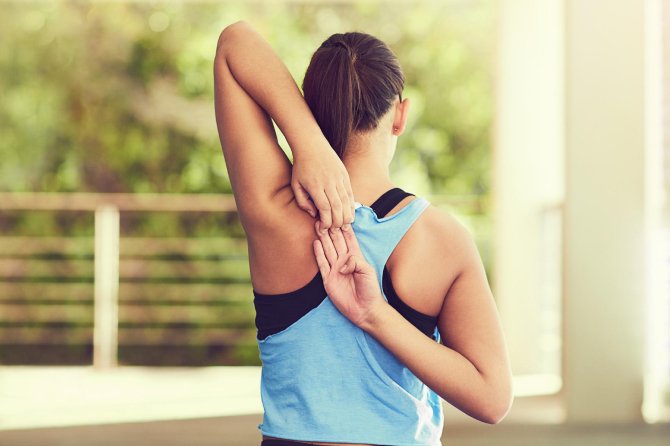
Back pain affects millions worldwide, often due to poor posture, muscle imbalances, or sedentary lifestyles. Stretching can alleviate discomfort, improve mobility, and strengthen muscles to prevent future issues. Here are 15 effective low back stretches, detailing their mechanisms, advantages, precautions, and targeted muscle groups.
Knee-to-Chest Stretch
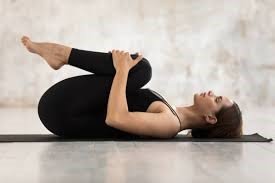
- Mechanism: Pulling one or both knees towards the chest elongates the lumbar spine, helping to relieve tension.
- Advantages: Helps reduce low back pain, improves circulation, and promotes spinal flexibility.
- Precautions: Avoid pulling too hard to prevent overstretching. Stop if you feel sharp pain.
- Muscle Groups Targeted: Erector spinae, gluteus maximus, hip flexors.
Cat-Cow Stretch

- Mechanism: Alternating between arching and rounding the spine mobilizes the entire spinal column.
- Advantages: Enhances spinal flexibility, improves posture, and can reduce stiffness.
- Precautions: Avoid excessive spinal curvature if you have severe back pain or herniated discs.
- Muscle Groups Targeted: Erector spinae, abdominal muscles, hip flexors.
Child's Pose

- Mechanism: Stretching arms forward while sitting back on the heels gently elongates the lumbar spine.
- Advantages: Provides a gentle stretch, relieves tension, and is calming for the nervous system.
- Precautions: People with knee injuries should avoid deep flexion. Support the hips with a pillow if needed.
- Muscle Groups Targeted: Erector spinae, gluteus maximus, quadratus lumborum.
Pelvic Tilt
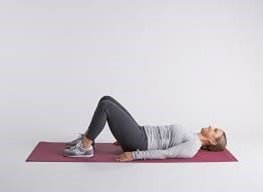
- Mechanism: Flattening and arching the back while lying down engages core muscles to mobilize the lumbar spine.
- Advantages: Strengthens abdominal muscles and stabilizes the spine.
- Precautions: Perform slowly to avoid aggravating existing back conditions.
- Muscle Groups Targeted: Abdominals, lower back, hip flexors.
Piriformis Stretch
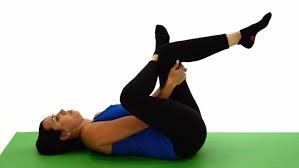
- Mechanism: Bringing one knee across the body targets the piriformis muscle, which can relieve sciatic nerve tension.
- Advantages: Relieves sciatic pain and reduces hip tightness.
- Precautions: Do not overstretch if there is sciatic nerve irritation.
- Muscle Groups Targeted: Piriformis, gluteus maximus, lower back muscles.
Supine Hamstring Stretch
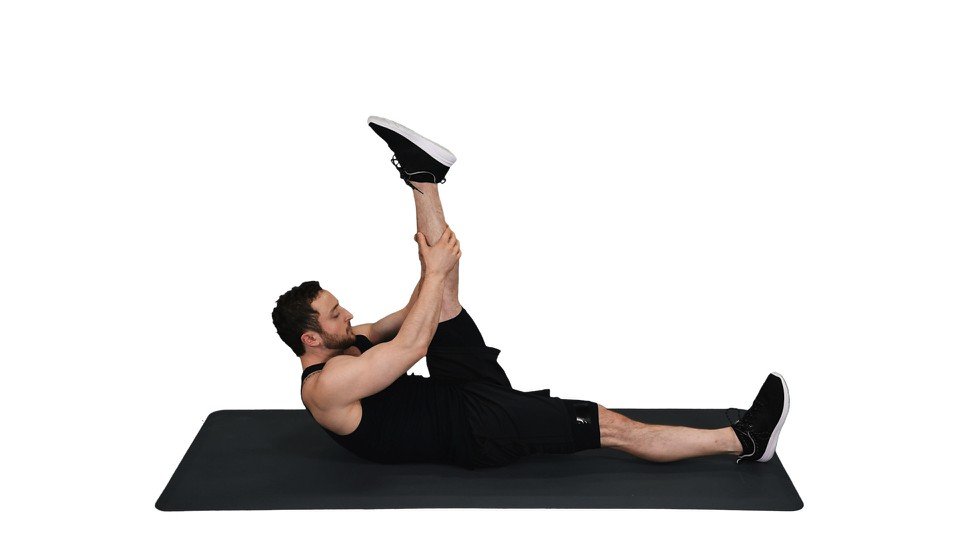
- Mechanism: Lying down and raising one leg helps elongate the hamstrings, which can reduce lower back strain.
- Advantages: Improves flexibility, reduces lumbar stress, and supports better posture.
- Precautions: Avoid locking the knee or forcing the leg up if there is discomfort.
- Muscle Groups Targeted: Hamstrings, gluteus maximus, erector spinae.
Seated Forward Bend
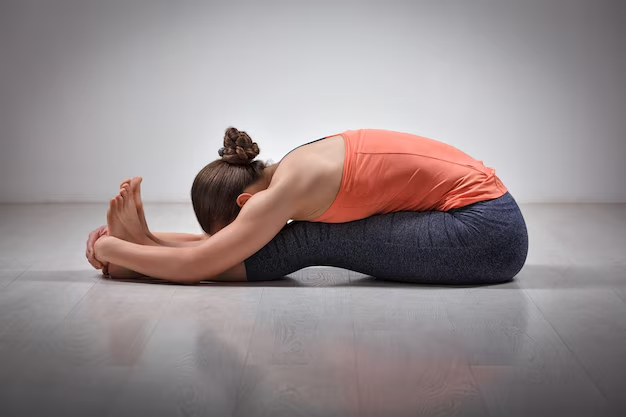
- Mechanism: Sitting and reaching for the toes stretches the posterior chain, including the spine and hamstrings.
- Advantages: Enhances flexibility and relieves tension in the lower back.
- Precautions: Avoid rounding the back too much if you have disc issues.
- Muscle Groups Targeted: Hamstrings, erector spinae, gluteus maximus.
Figure-Four Stretch
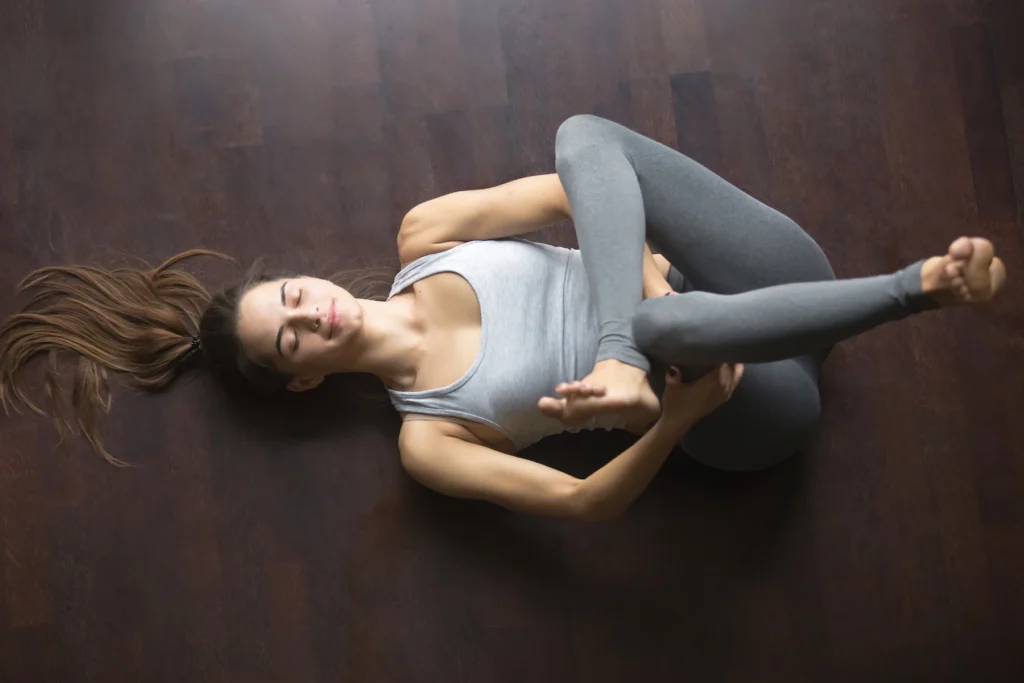
- Mechanism: Placing one ankle over the opposite knee and pulling the other thigh towards the chest stretches the hips and glutes.
- Advantages: Helps alleviate hip tightness and sciatic pain.
- Precautions: Do not force the stretch if you experience hip or knee discomfort.
- Muscle Groups Targeted: Piriformis, gluteus maximus, hip flexors.
Cobra Stretch
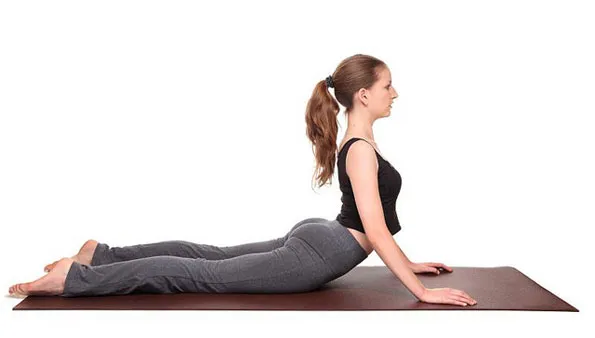
- Mechanism: Lying on the stomach and pushing up with the arms extends the lumbar spine.
- Advantages: Increases spinal extension, reduces stiffness, and improves mobility.
- Precautions: Avoid if you have severe lower back pain or herniated discs.
- Muscle Groups Targeted: Abdominals, erector spinae, hip flexors.
Spinal Twist
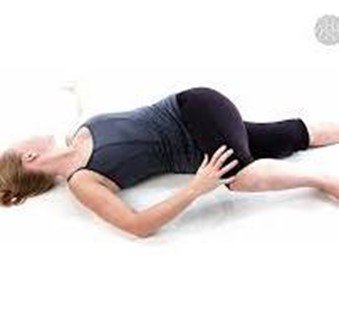
- Mechanism: Twisting the spine while lying down stretches the back and hips.
- Advantages: Improves spinal mobility, relieves tension, and can reduce back pain.
- Precautions: Move slowly to avoid overstretching the spine.
- Muscle Groups Targeted: Erector spinae, gluteus maximus, obliques.
Hip Flexor Stretch (Runner’s Lunge)
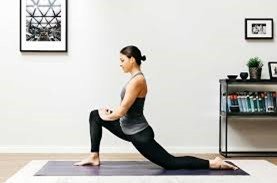
- Mechanism: Stepping one leg forward in a lunge position stretches the hip flexors and lower back.
- Advantages: Alleviates tension in the lower back and hips, improves flexibility.
- Precautions: Use a cushion if you have sensitive knees.
- Muscle Groups Targeted: Hip flexors, quadriceps, lower back muscles.
Happy Baby Pose

- Mechanism: Lying on the back and holding the feet stretches the inner thighs, hips, and lower back.
- Advantages: Eases lower back tension, improves flexibility, and relaxes the body.
- Precautions: Avoid forcing the knees towards the floor if you have hip pain.
- Muscle Groups Targeted: Inner thighs, hamstrings, lower back.
Wall Hamstring Stretch

- Mechanism: Placing one leg against a wall while lying down stretches the hamstrings and lower back.
- Advantages: Relieves lower back pain and tightness, improves leg flexibility.
- Precautions: Keep the lower back flat on the floor and avoid pushing the leg too high.
- Muscle Groups Targeted: Hamstrings, gluteus maximus, lower back muscles.
Quadratus Lumborum Stretch
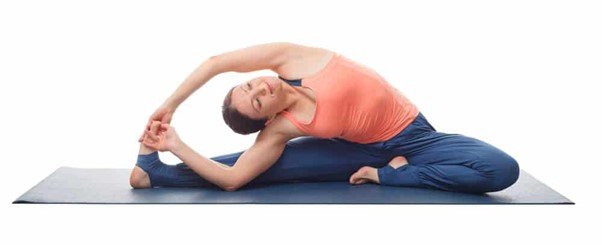
- Mechanism: Leaning sideways while sitting or standing stretches the quadratus lumborum.
- Advantages: Alleviates lower back tightness and improves flexibility.
- Precautions: Move slowly and avoid deep bends if you have back pain.
- Muscle Groups Targeted: Quadratus lumborum, obliques, erector spinae.
Pigeon Pose
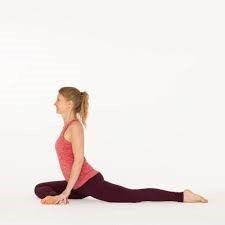
- Mechanism: Bringing one leg forward and the opposite leg extended back stretches the hips and lower back.
- Advantages: Helps alleviate hip tightness, reduces sciatic pain, and improves flexibility.
- Precautions: Do not force the position if you have hip or knee issues.
- Muscle Groups Targeted: Hip flexors, piriformis, lower back muscles.
These 15 stretches can effectively relieve lower back discomfort, improve mobility, and enhance muscle balance when performed correctly. Always consult with a healthcare professional such as our experts at Alleviate Pain Clinic before starting any new exercise routine, especially if you have underlying medical conditions.
References
- Shnayderman, I. & Katz-Leurer, M. (2021). The Effectiveness of Physical Therapy for Chronic Lower Back Pain. Journal of Orthopaedic & Sports Physical Therapy.
- Maher, C. G., Underwood, M., & Buchbinder, R. (2017). Non-specific low back pain. The Lancet, 389(10070), 736-747.
- Kolber, M. J., & Cleland, J. A. (2014). Strength and endurance training for the back muscles in individuals with chronic low back pain. Physical Therapy in Sport, 15(1), 43-49.
- Bogduk, N. (2016). Management of chronic low back pain. Medical Journal of Australia, 204(8), 315-320.
- Magee, D. J. (2013). Orthopedic physical assessment (6th ed.). Elsevier.





